To go with a set of 3 prime lenses versus a mid-range zoom was not an intentional decision. It happened over the course of time. Today the lens that is not in my toolbox is the 24-70 2.8 mid-range zoom. It is on my bucket list, but I'm not in a hurry. The reason? The 28mm 1.8, 50mm 1.8 and the 85mm 1.8 are awesome prime lenses that deliver quality images with just about every shoot.
Where to Research Lens Performance
Before buying a lens, you may want to check out that lens' performance with your respective camera using DXO Mark.
DXO Mark provides easy to access reviews and technical details of lenses and sensors. DxOMark conducts rigorous hardware testing using industry grade laboratory tools. They maintain a massive database of camera and lens test results. For lenses, you can select up to three lenses at a time, the camera you'll be using and they'll provide an in-depth side-by-side analysis. Check out DXO Mark's Comparison tool.
The Results – 3 Great Lenses
28mm
A 28mm is considered a wide angle focal length but the ‘wide' is more subdued than the extra wide 14-24mm lengths. If used to working with focal lengths of 50mm and higher, images will appear smaller than what you're used to seeing. With a 28mm, the story is reflected by the subject, and background and surroundings. What's in the background will either enhance your subject or take away.
28mm's in landscapes and nature photography pull in total scenes with a nice, subtly wide feel.
In street photography, everything that is happening around the subject will be in the scene. Both the context and background shine through.
In portrait photography, be prepared to get in close to your subject, whether human, canine or feline.
50mm
The 50mm lens, aka “nifty fifty”. It could also be called the “thrifty fifty” too. The price is low relative to other zooms and prime lenses. The 50mm is super sharp, fast and lightweight. It's good for people, pets, street, night, walking around, travel, nature, special occasions and the list goes on.
The nifty fifty delights at night.
50mm is pretty sweet on the street too.
In the studio, a 50mm offers vivid, clear images too.
The following articles further outline the features, uses and benefits of the 50mm.
85mm
The 85mm has a solid reputation as a portrait lens. The primary reason is that this lens captures faces, bodies without distortion. This lens works nicely in closeups as well as several steps away from your subject. Most photographers don't instinctively consider reaching for 85mm For outdoors and nature photography. Yet, this prime lens effectively captures beauty and imagery with clarity.
A morning landscape using my 85mm 1.8G Prime along with a neutral density filter.
A rose with an 85mm Prime on a crop sensor camera is also just as sweet.
A classic 85mm portrait.
Is there a downside to having 3 lenses versus the one? Absolutely, the primary one being convenience of having one, high quality lens that you can quickly adjust to the desired focal length versus changing lenses. However, the cost of the 3 new lenses combined was significantly less cost than the one new lens depending on your brand preference.
Pricing for 28mm, 50mm, 85mm 1.8 vs. 24-70mm 2.8
The 85mm 1.8 range is from $400 – $500USD. The 50mm 1.8 ranges from $125 – $250USD. The 28mm is a bit higher coming in at $500 – 700USD which brings the totals of all three lenses combined ranging roughly $1025 – $1450. The price range for the 24-70mm is between $1800 – $2000.
Note: this price comparison is based on looking at camera/lenses that have all three 1.8 primes and the 24-70mm 2.8. Sigma and Tamron make all of these focal lengths, they just don't offer the 1.8 in all of these primes. Their 24-70 2.8 price range is a bit less. To determine which lens is best for your needs, always do your research and tap into DXO Mark (here's a comparison of Tamron, Sigma and Nikon 24-70mm using a Nikon 600 as an example).
The light weight of each of these primes makes them easy walk-around, general purpose lenses. Prime lenses teach us to move our feet, to get creative with composition and to build our photographic range.
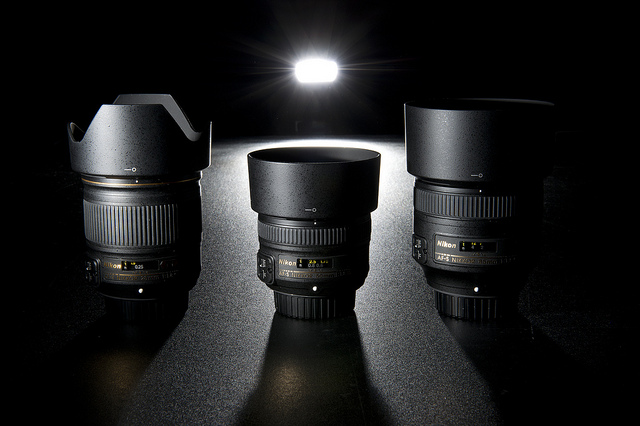



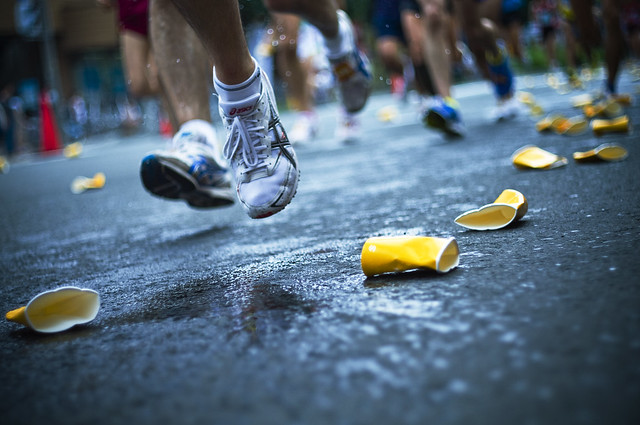
![juicy fruit [Explored]](https://farm8.staticflickr.com/7192/6910848299_098167cb06_z.jpg)


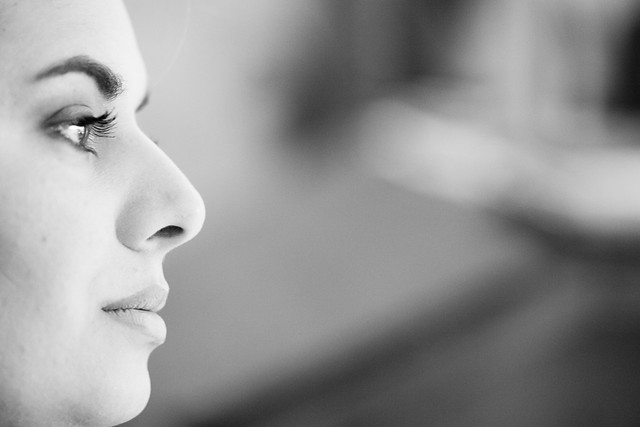

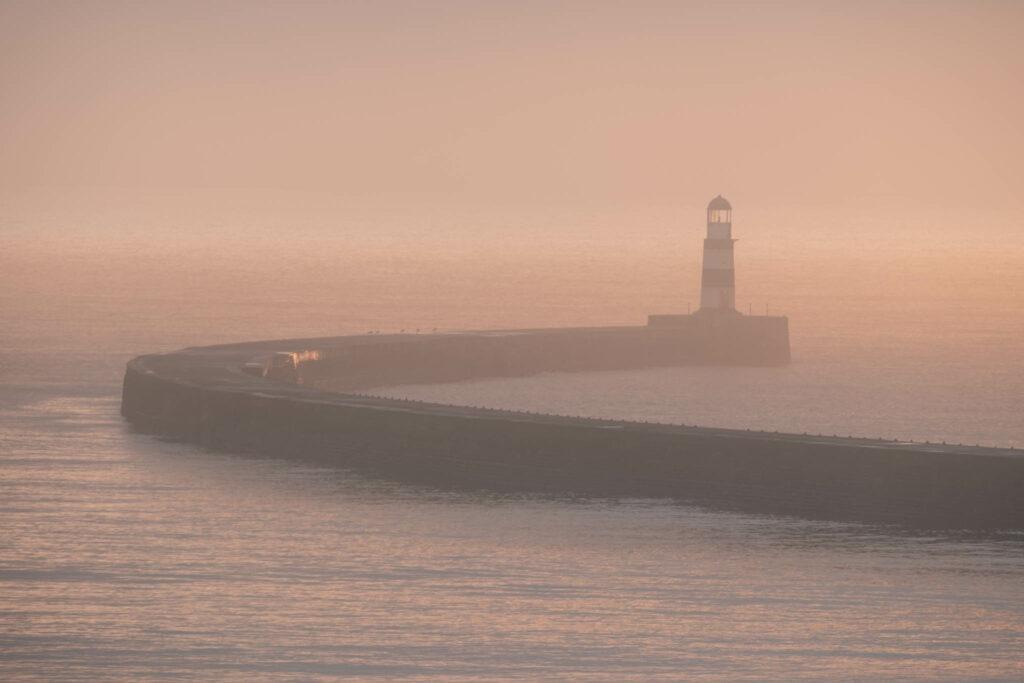


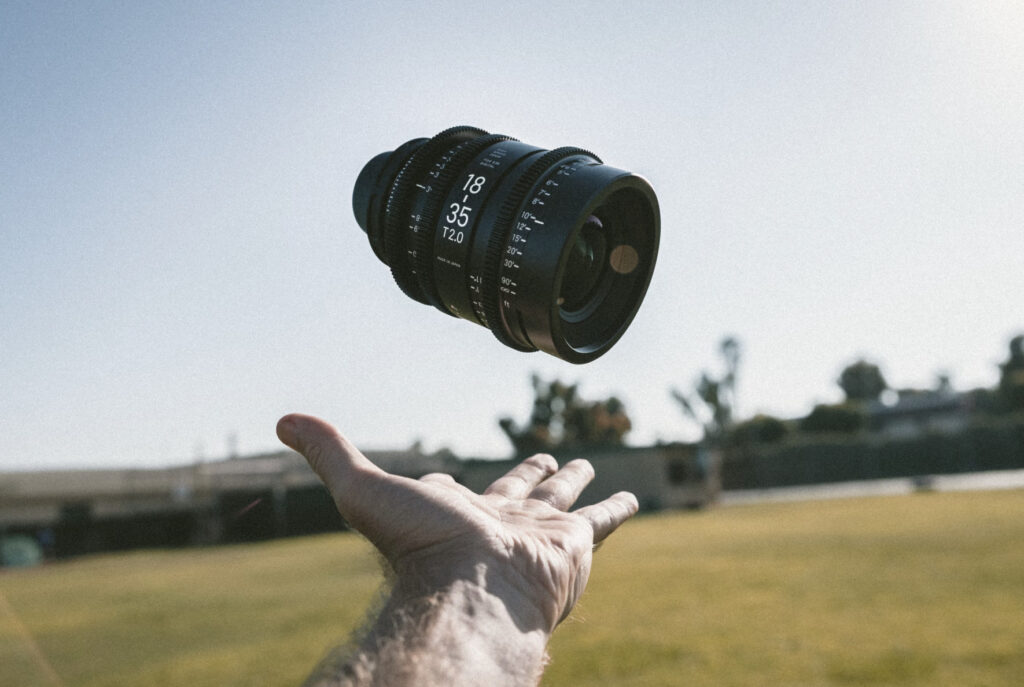
2 Comments
Crazy – a lens like the Canon 24-70 f2.8 MKII will do it all without irritating lens swaps.
I really love my 85 f/1.8. It is soooo sharp. I haven’t had as much luck with the 50 f/1.4. The 24-70 was making me lazy.